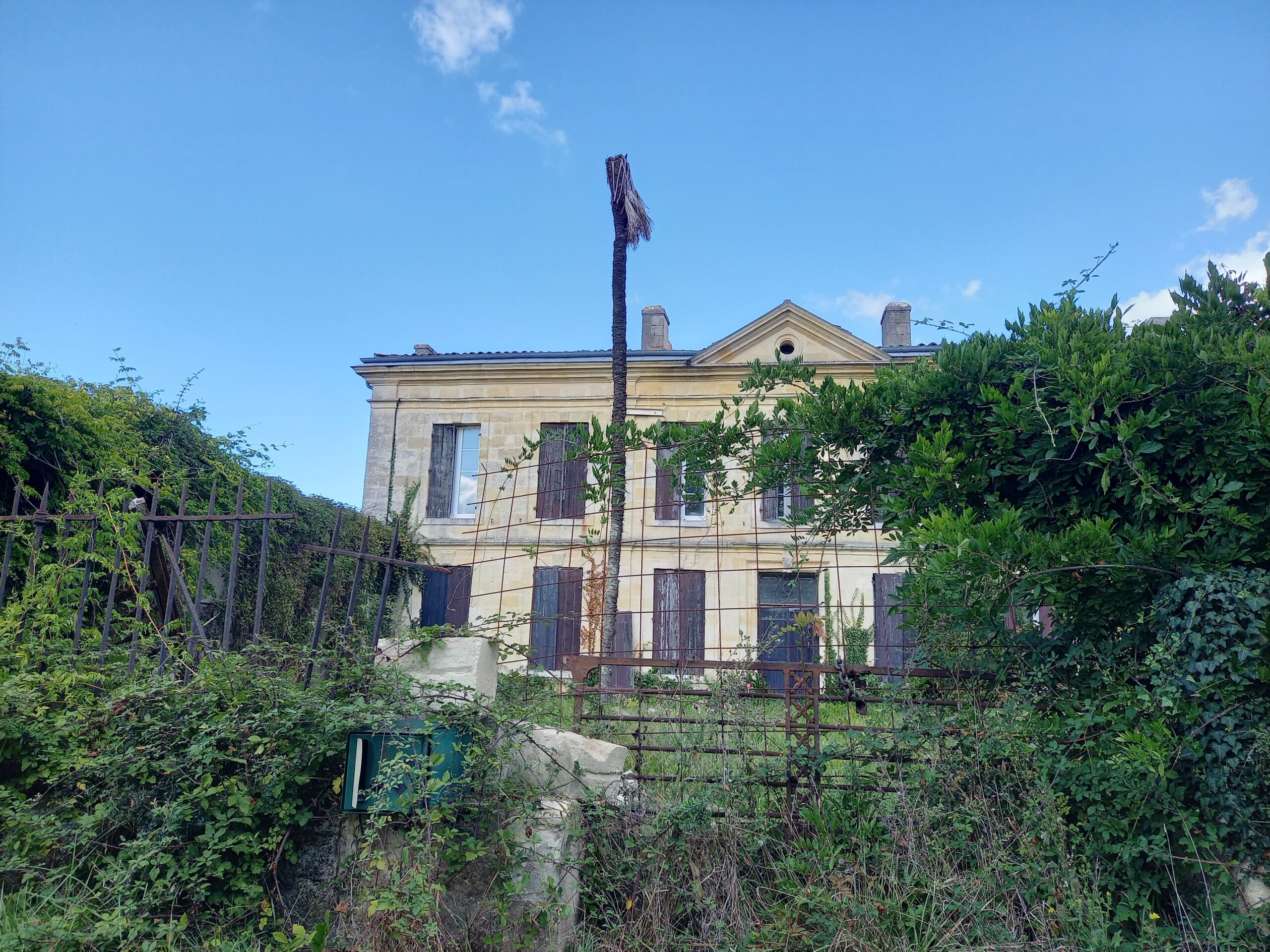
A TALE OF TWO BORDEAUX
As I write, the Bordeaux 2022 “primeurs” campaign officially kicks into money-time with the early
release of futures from Cheval Blanc and Angelus. Despite price rises of 20% and 32% respectively,
commentators expect them to be oversubscribed rapidly. This is not just another example of
rampant inflation, but a clear indicator of flourishing economic health at the top end of the Bordeaux
wine industry. Cheval Blanc is being offered at 470 euros per bottle (trade price, before tax, final
customers will have to pay distinctly more), and with the aim of selling two thirds of their production,
this operation should bring in at least 30 million euros in cashflow a year before the wine is even
ready for bottling. The other third will be held back for later release when mature, no doubt at even
higher prices.
Meanwhile, a couple of weeks previously, in ostensibly the same wine region, the “viticultural crisis
management unit” of the regional government announced a package of 58 million euros to
underwrite the cost of ripping out nearly 10% of the total Bordeaux vineyard area. Calculated at 6000
euros per hectare, for a total of 9500 hectares, this is designed to alleviate an imbalance between
supply and demand that has pushed over a third of Bordeaux wine producers into “severe economic
difficulty”(Chamber of Agriculture of Gironde study, Feb 2023). For some, as the cynics will point out,
perhaps this just means no more second residence in the chic beach resorts of the Bassin d’Arcachon.
But for most, the situation is much more drastic. A January study by the same CAG of the region’s
farmers found that 70% reported a net revenue below that of the national minimum wage (16 236
euros net per year), with 34% declaring negative net revenue. Since the main agricultural crop in the
region is grapes, most of these farmers are involved in grape and wine production. And they are
hurting, badly.
The problem is not restricted to Bordeaux. The national government has already announced a 160
million euro programme of crisis distillation to eliminate between 2 and 2.5 million hectolitres (the
equivalent of 260 to 330 million bottles) of unsold French wine. Much of this is probably red, given
recent figures indicating a massive 32% decline in consumption of red wine by the French over the
last decade. But the problem is particularly acute in Bordeaux, France’s largest AOP (qualiity
controlled) wine production area, where 89% of wine is made red, or at least dark pink. Bordeaux
currently produces between 5 and 6 million hectolitres of wine per year, depending on the particular
climatic conditions of the year, but sales are estimated to have fallen to only 4 million hl. Local bulk
wine trading prices are no longer published, for fear of undermining sellers even further in a buyers
market.
The 58 million euro uprooting package already looks to be insufficient. It will finance uprooting of
9500 hectares, but the Gironde Grape Growers Collective had hoped for funds for 15000. The
president of the farmer’s healthcare plan organisation (MSA de Gironde) says that as much as 30 000
hectares need to be uprooted. The Collective is also disappointed about the level of subsidy per
hectare, judging that uprooting costs 10 000 euros per hectare, rather than the 6000 euros proposed.
It is illegal to simply abandon a vineyard, leaving it untended, because of the risk of disease
incubation and subsequent spread to neighbouring vineyards, so the farmer must engage in a full
and complete uprooting, which is labour and energy intensive. Then, the land needs to be
reconverted to other uses, with all attendant costs. Suggestions from the Chamber of Agriculture
range from kiwi fruit, asparagus and hazelnuts, through olive trees for their oil, fast-growing
paulownia trees for their wood, and hemp for all sorts of fashionable uses. A separate regional
budget of 10 million euros is already assigned for the next 2 to 3 years to accompany producers in
this “diversification”. The plan is to provide some 300 growers with support to the tune of 25 to
35000 euros each, but what about the other 1000 producers identified as in “severe economic
difficulty” ?
Being France, many producers are looking to the government to alleviate the problem with money
and encore more money, while anglo-saxon free-marketeers might point out that the real solution is
to rebuild demand, making wines that please modern tastes and compete in global markets, and
marketing them more effectively. Unfortunately, the Bordeaux producers are struggling against
forces they cannot resist…increasingly high-quality, well-priced competition from other French and
international wine regions, a major decline in their biggest export market, China, the trend away
from red meat (and therefore red wine) in their domestic market, and the bigger trend away from
excessive wine consumption that has seen wine drinking in France drop from 70 litres per person per
year to 47 in the last 20 years.
The French drink less, but better, it is said. You would think all Bordeaux should benefit from this, but
the reality is a decoupling, with a few top estates successfully redefining themselves as luxury
products, while so many others struggle to stay afloat.


No Comments